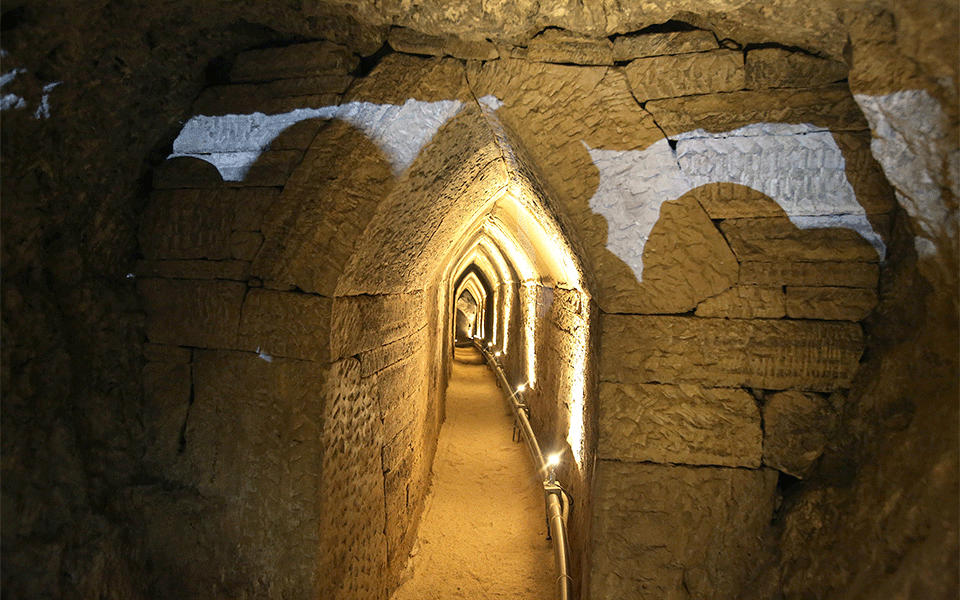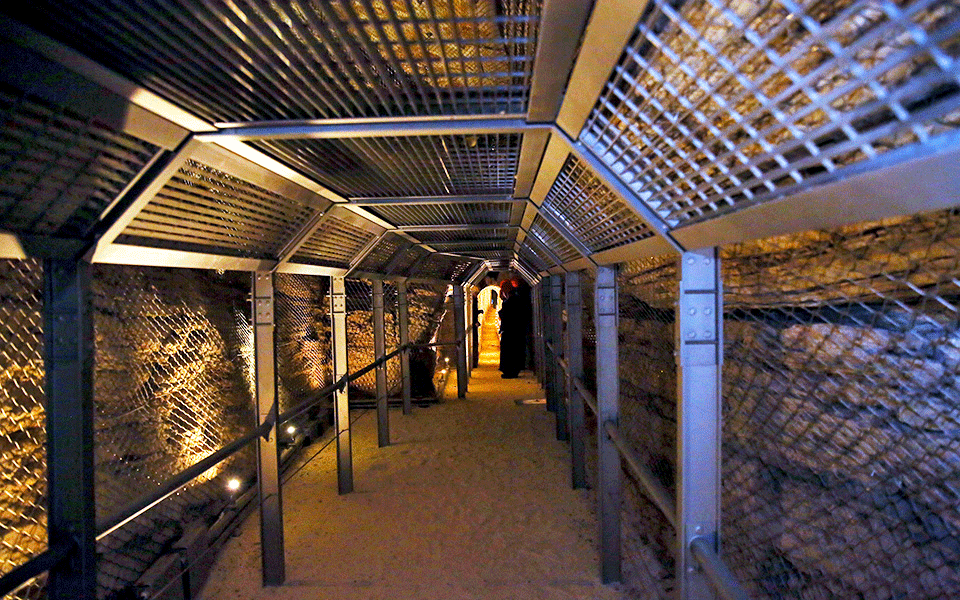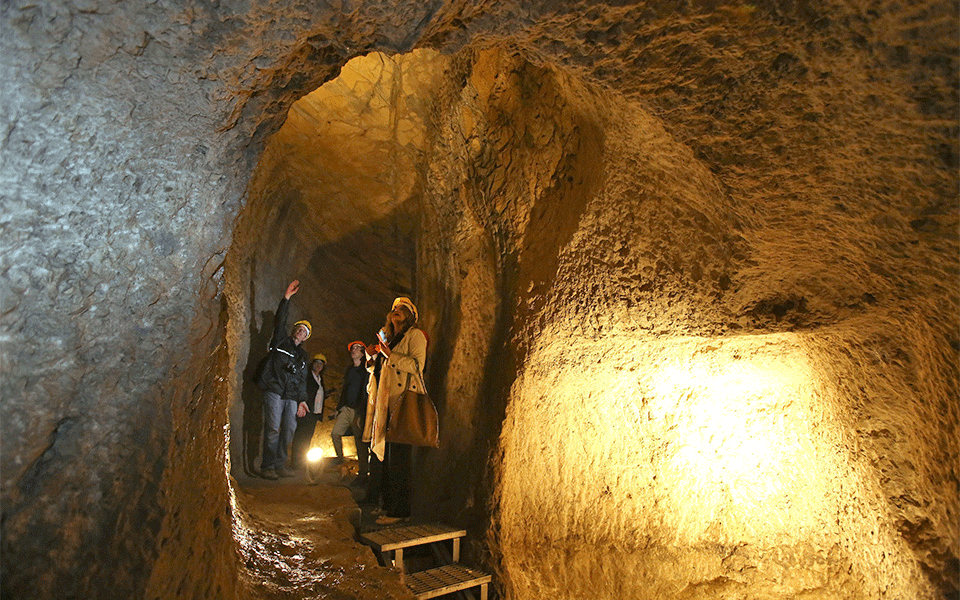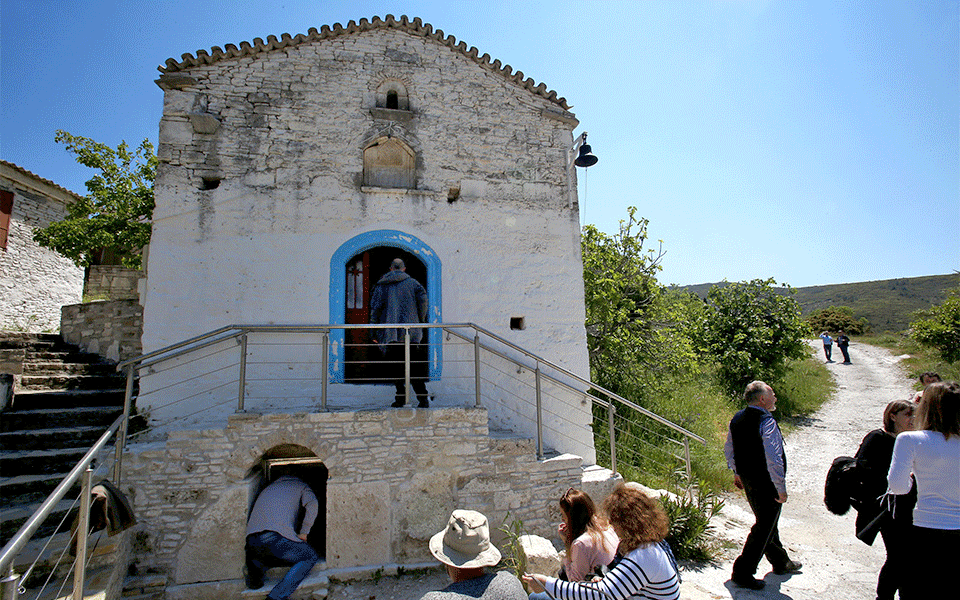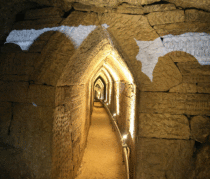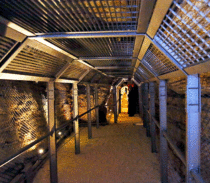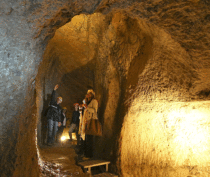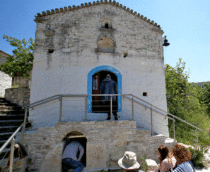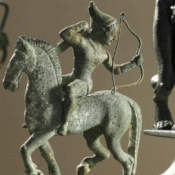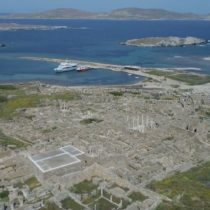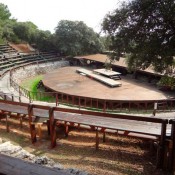The Eupalinian Aqueduct on Samos island, Greece, offers a unique experience to visitors. Designed in the mid 6th century BC, the aqueduct is a fine specimen of ancient civil engineering. It is located where today lies the town of Pythagorion, and its construction was ordered by the tyrant Polycrates and it was designed by Eupalinos of Megara, a famous architect and civil engineer. It was also described by Herodotus as the 8th wonder of the ancient world.
Restoration of the monument took 3 years and since May it has been open to the public. Visitors can walk the tunnel, which is 1,036 m long, through Mount Ambelos. The tunnel was constructed to provide access to the spring of Agiades on the other side of the mountain and bring water to the settlement. The tunnel was created with the use of hammers and chisels to carve the limestone. What’s impressive is that the two crews working from each side of the mountain met in the middle with minor deviation. It took 8-10 years to complete and required the excavation of 12,500 tons of rock and 5,000 sections of clay pipe. Once works were completed the aqueduct continued operating for about 1,100 years.
In Byzantine times the tunnel was used as a shelter by residents during raids. Later it stopped being used and was finally abandoned. In the 1970s it was uncovered by the German Archaeological Institute but visitors could not go further than the first 130 metres due to safety reasons.
Now, after the restoration, walkways have been constructed, support structures have been created to protect against collapse and lighting has been installed, so visitors can walk through the entire length of the tunnel.
The Aqueduct has been declared an International Tunnelling Landmark by the American Society of Civil Engineers at a special event held on Sunday 29th October. The event was organised with the support of Samos Municipality under the auspices of the Ministry of Culture. A commemorative slab was revealed at the southern entrance of the tunnel by the Greek minister of culture Lydia Koniordou and Elias Sayah from ASCE. Various participants in the restoration project from ASCE, the ministry and the NTUA were also present at the event.
